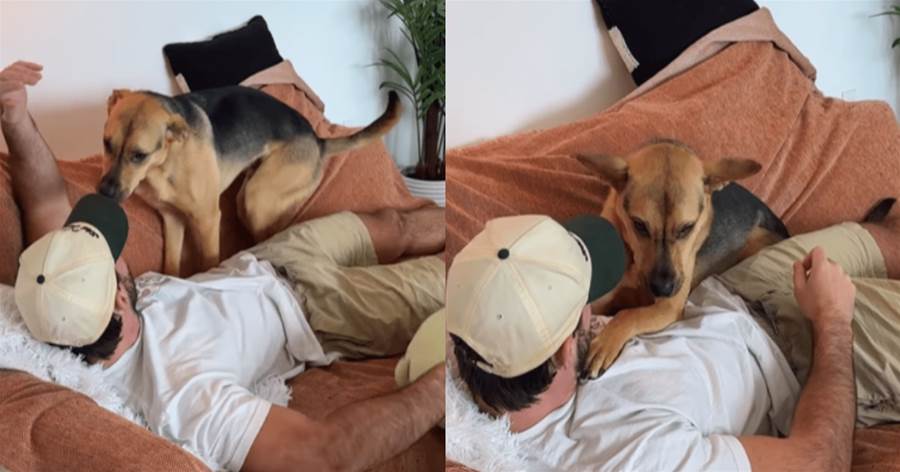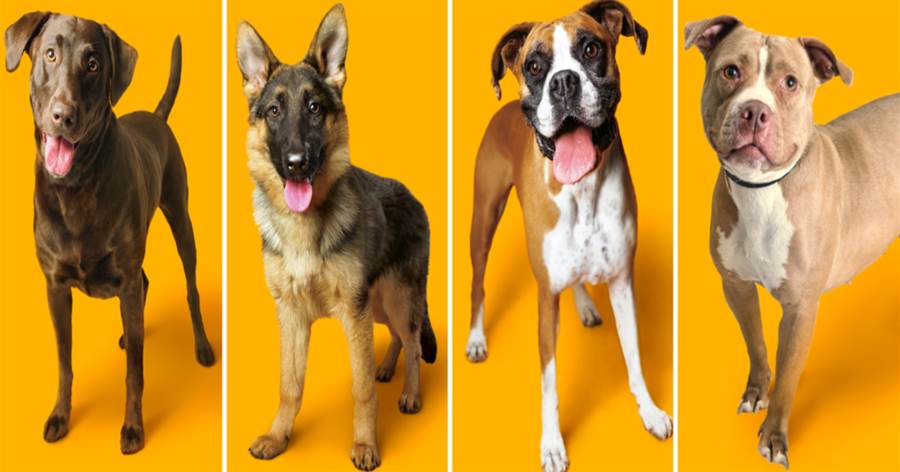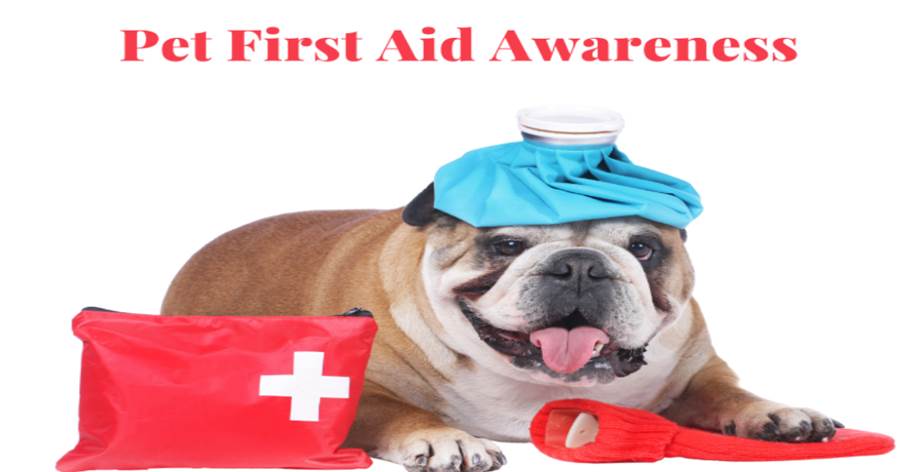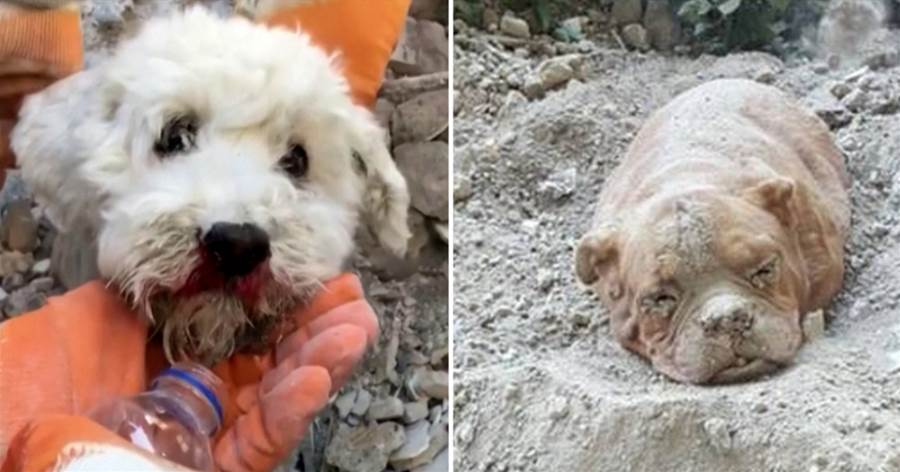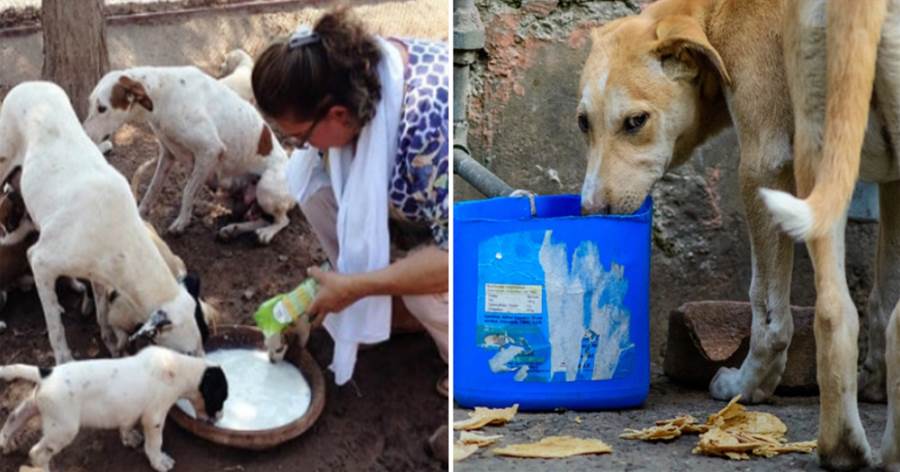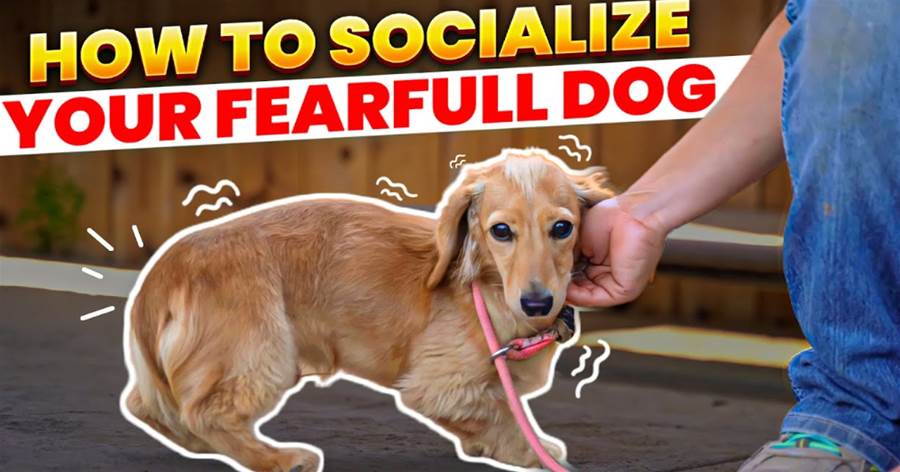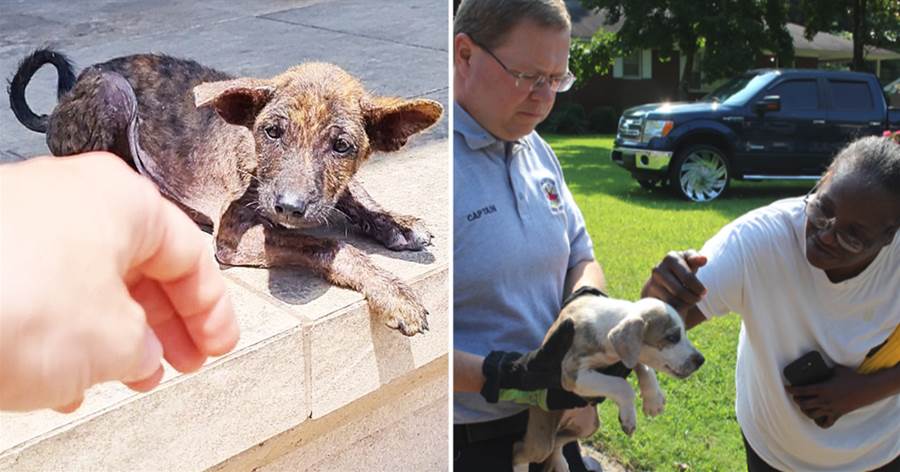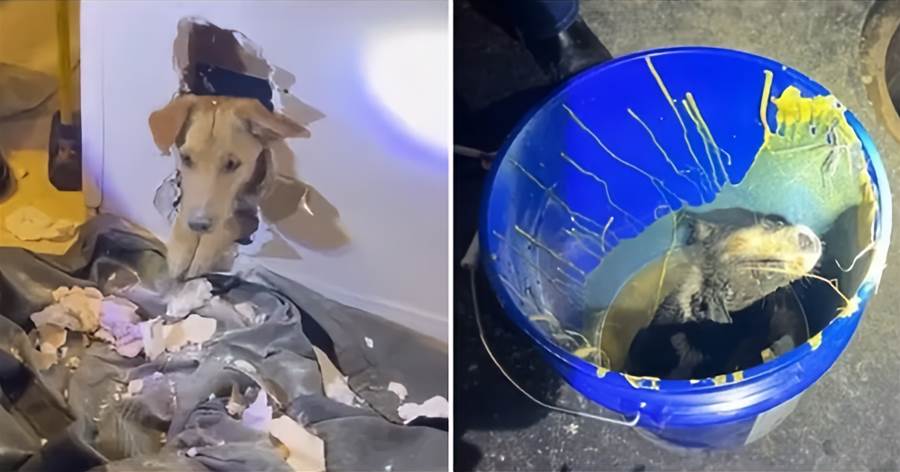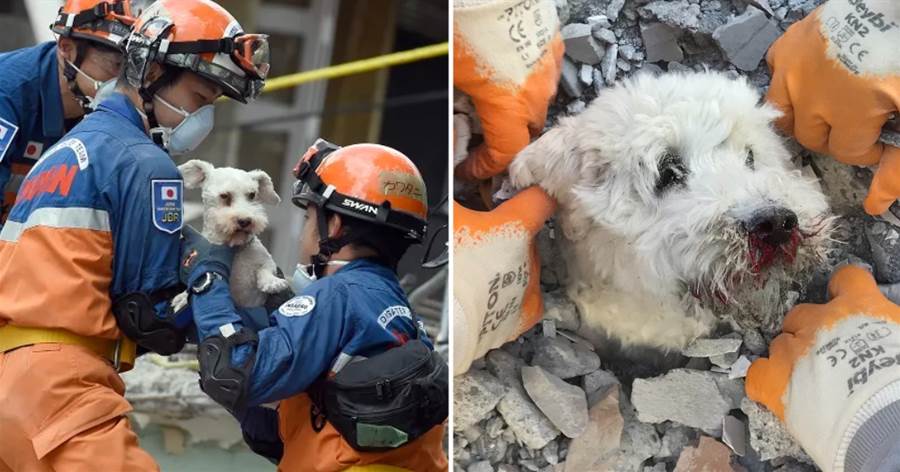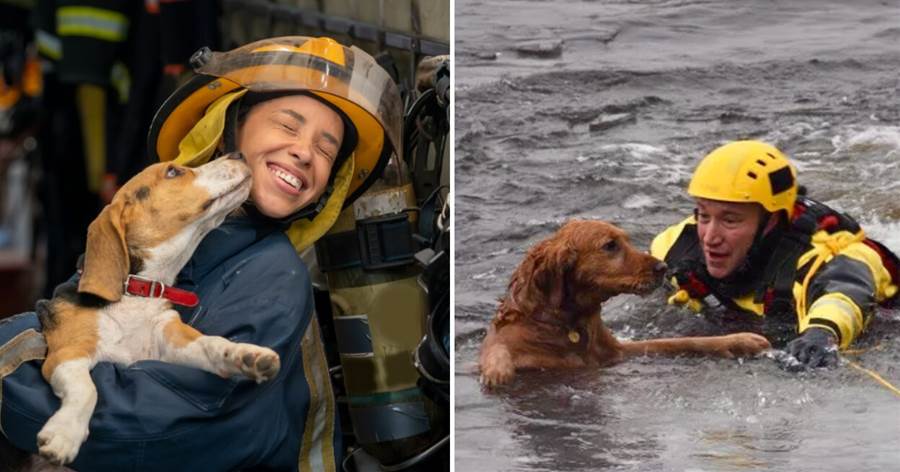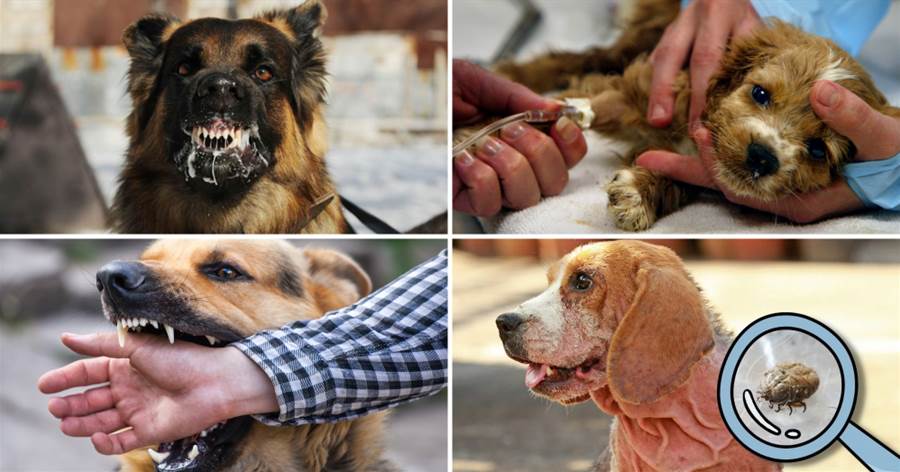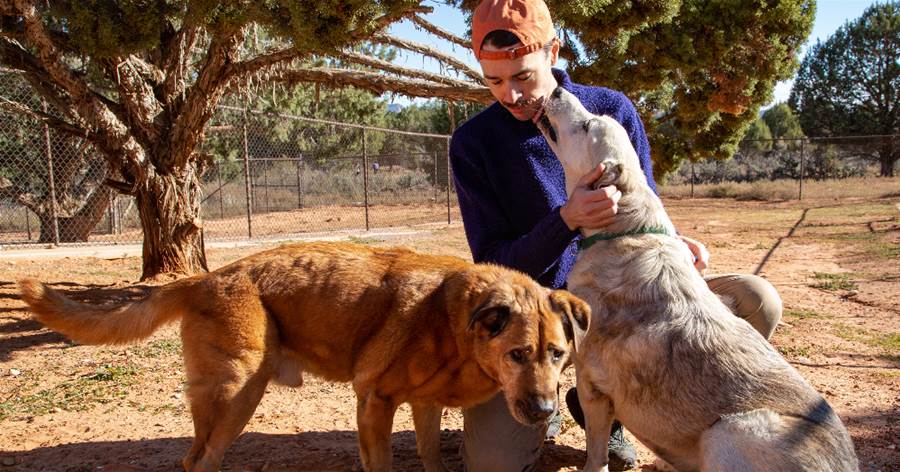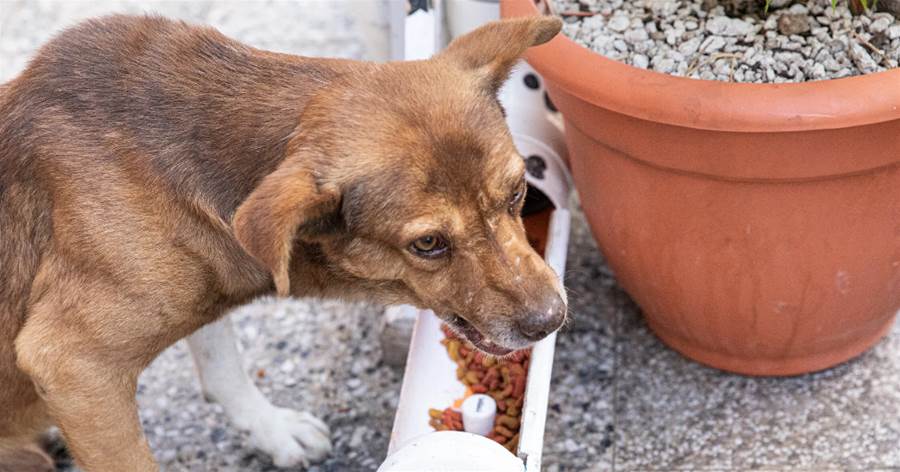
It started with a single warning growl. When volunteer rescuer Lila James reached for a bowl to refill water for Rusty—a stray shepherd mix she had taken in from a construction site—she was met with bared teeth and a rigid stance. This wasn’t just a scared dog. Rusty was guarding his food like his life depended on it. Because once, it truly did.
Many stray dogs develop food guarding behavior as a survival mechanism after living on the streets. It's not about dominance—it's about fear. Fear that this meal might be their last. If you've taken in a stray or rescued a dog, understanding and gently retraining this behavior is crucial not only for the dog’s well-being, but for your safety and bond with them.
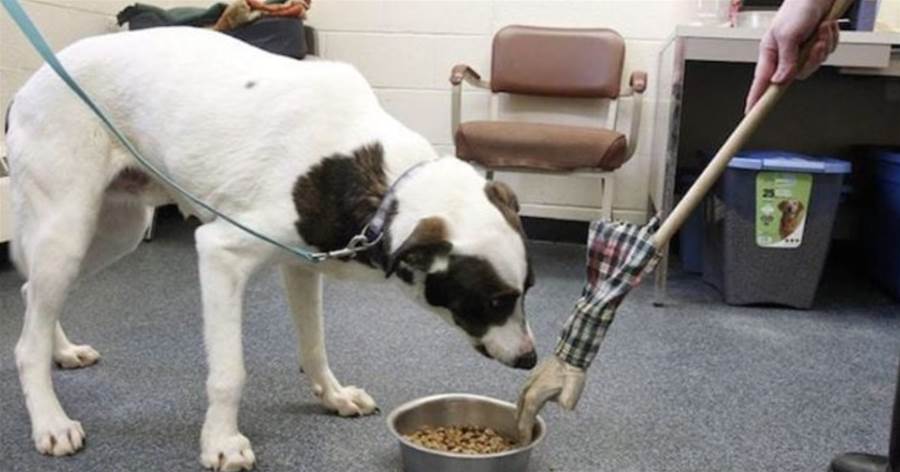
The psychology behind food guarding is rooted in trauma and scarcity. A dog that’s spent weeks—or even months—fighting other strays for scraps, dodging humans, and surviving in unpredictable environments naturally becomes protective.
The article is not finished. Click on the next page to continue.
The article is not finished. Click on the next page to continue.
Next page
